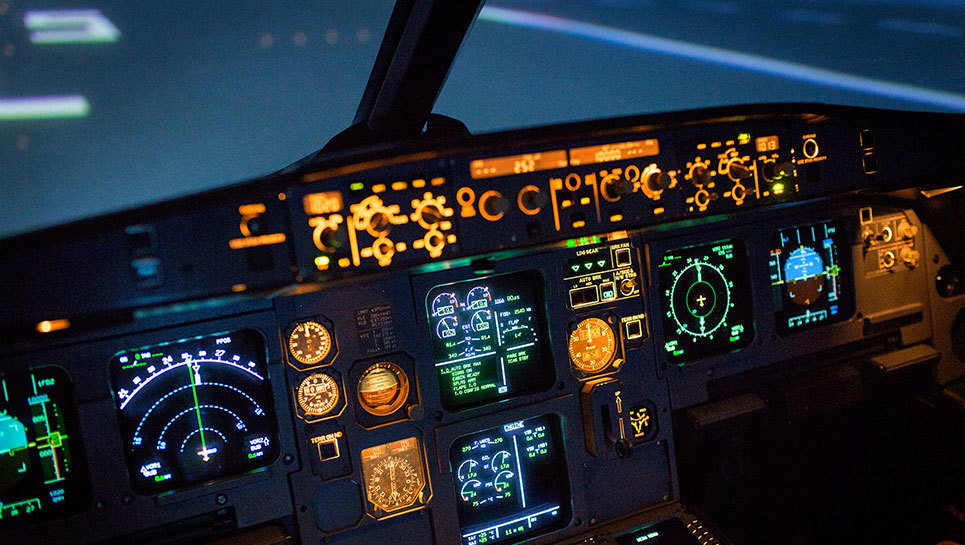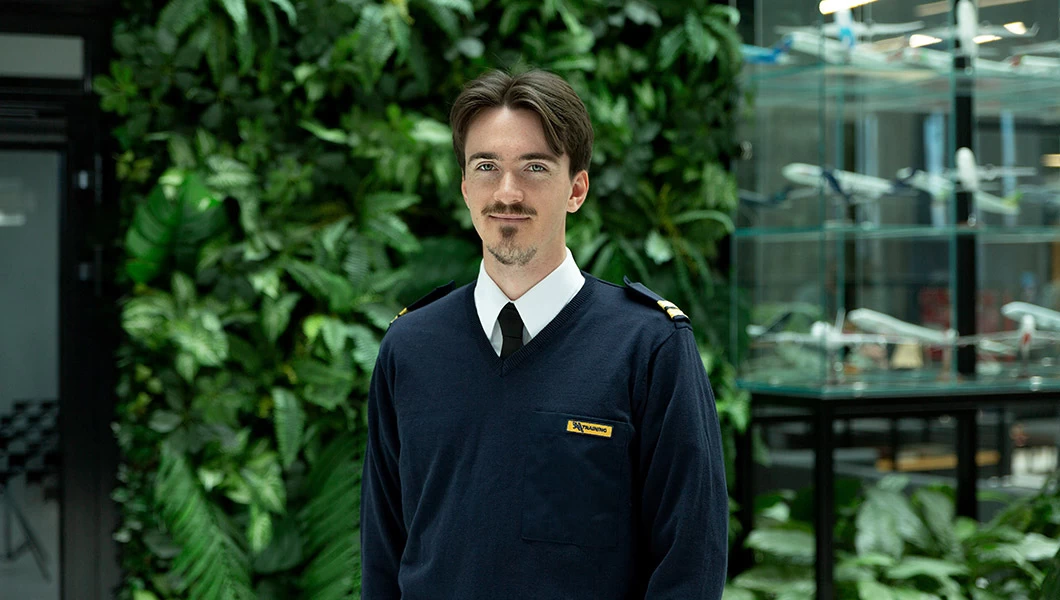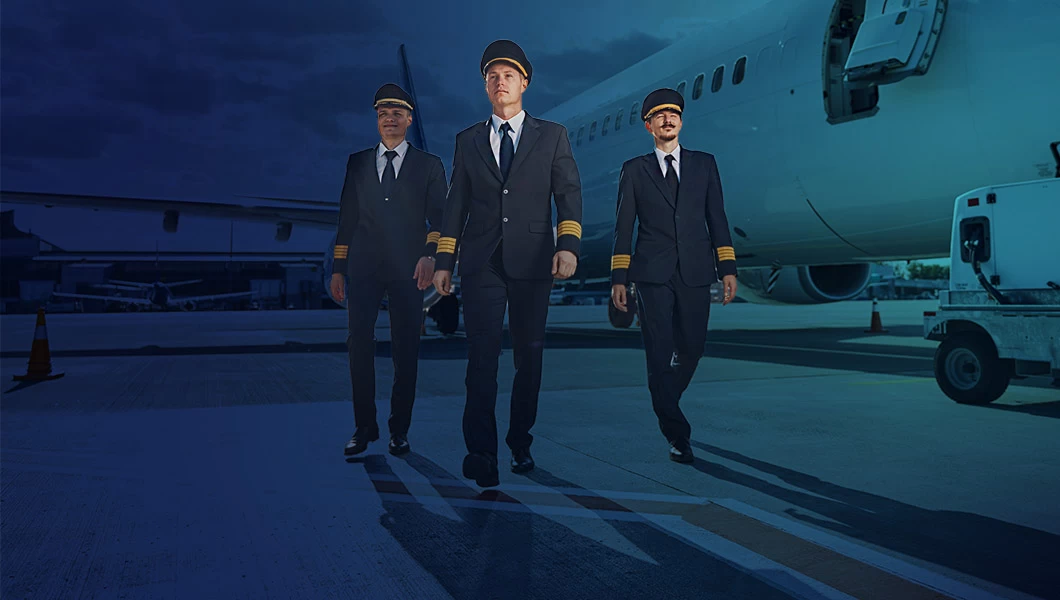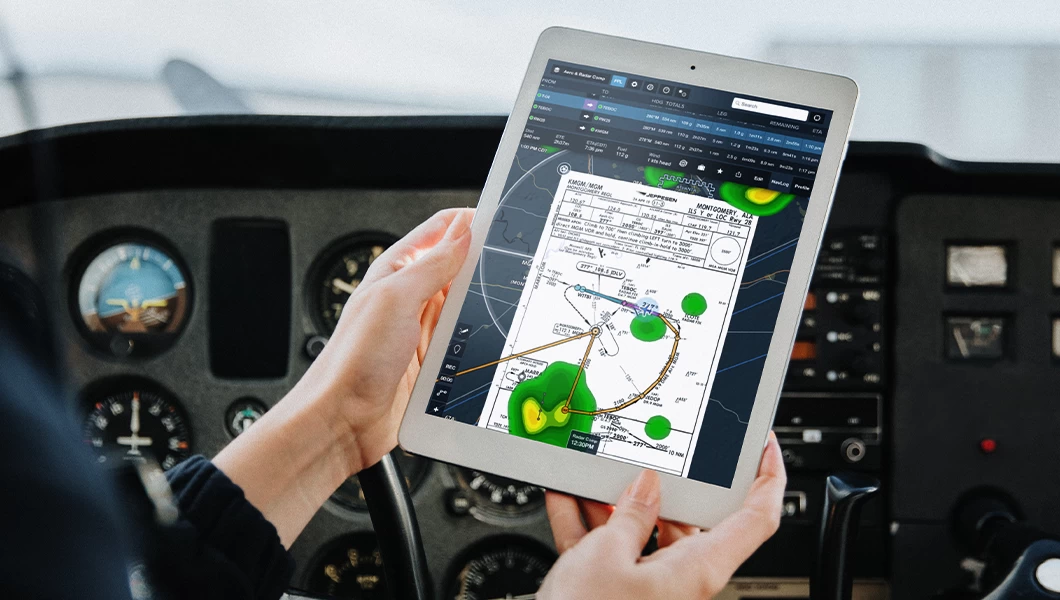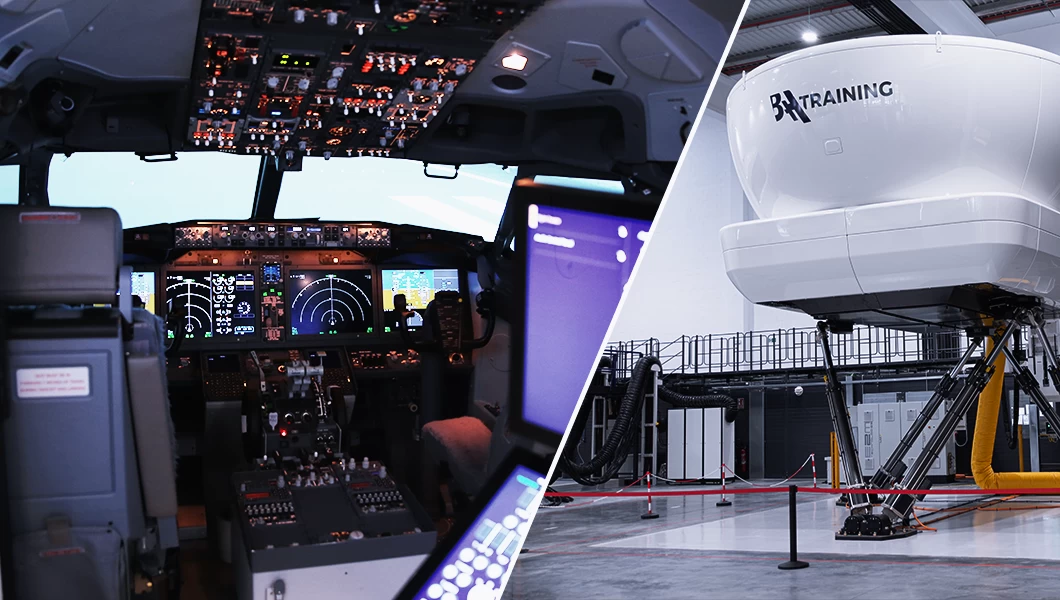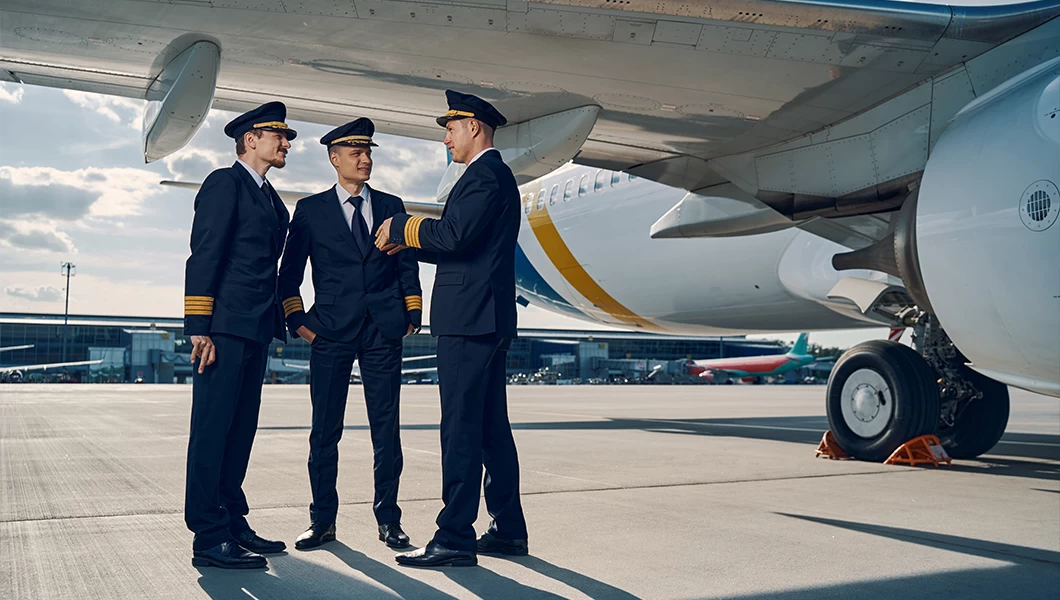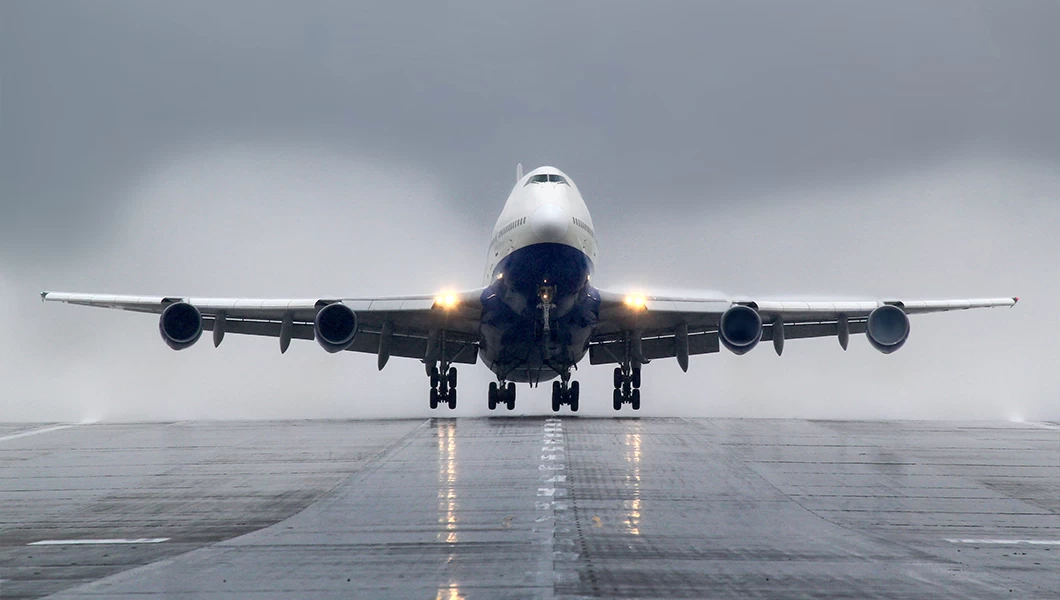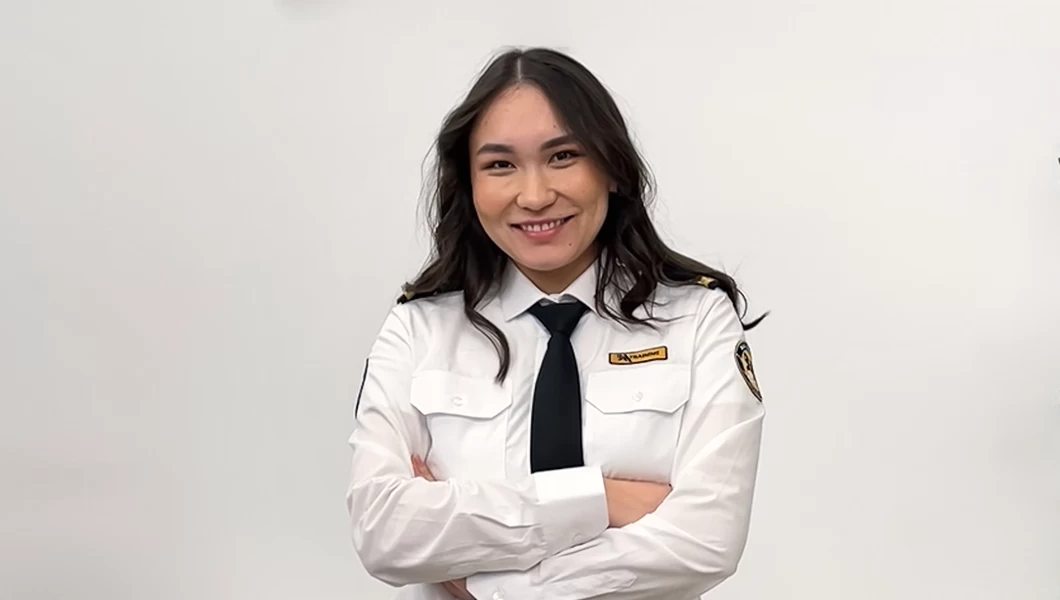If you wonder whether Type Rating is indeed this magical phrase that separates a licenced pilot from taking a seat in the cockpit and starting a pilot career, the answer is – yes. Most probably now, what, when, where, how much, and other similar types of questions start coming up, which is ok. They usually spark gigantic debates between aviation enthusiasts. By the way, they do not necessarily reach a common conclusion on each point. We have summarized the most frequently asked questions to give you a hand in making your own conclusions and decisions regarding your Type Rating path.
1. What is Type Rating?
It is a qualification to fly a specific aircraft type that commercial pilot licence holders can apply for. Any turbine-powered aircraft, multi-engine jet aircraft, or the one that has a maximum take-off weight (MTOW) of more than 5,700 kg requires a Type Rating. In contrast, Boeing 737 CL can have an MTOW of 62,822 kg, which is 11 times higher than the benchmark figure! A Type Rating program consists of a ground school course covering the aircraft’s systems and a simulator part, where you master flying the aircraft in normal and abnormal situations. It is not suited for those who have no previous flying experience. Instead, it prepares pilots who have completed Ab Initio school to fly on a professional basis on their chosen aircraft type.
2. How different is Type Rating from Ab Initio training?
Ab Initio training is the first stage of the whole pilot training program designed for applicants with little or no previous flight experience. Type Rating, on the contrary, can only be commenced having a valid pilot licence (CPL with ATPL theory or ATPL). While Ab Initio training usually lasts up to 24 months with 18 months devoted to practical training, you can finalize your Type Rating within 1.5 months.
During the Type Rating, you will learn everything about the airplane systems, Standard Operating Procedures, set up the cockpit for a flight, do the system tests, and work with the Flight Management Computer (FMC). In the full flight simulator, you will learn how to take off, land, work with system malfunctions and cope with engine failures and fires. Simply put, Type Rating gives you hands-on experience that prepares you for flying commercial jets, whereas Ab Initio gives you all the basics.
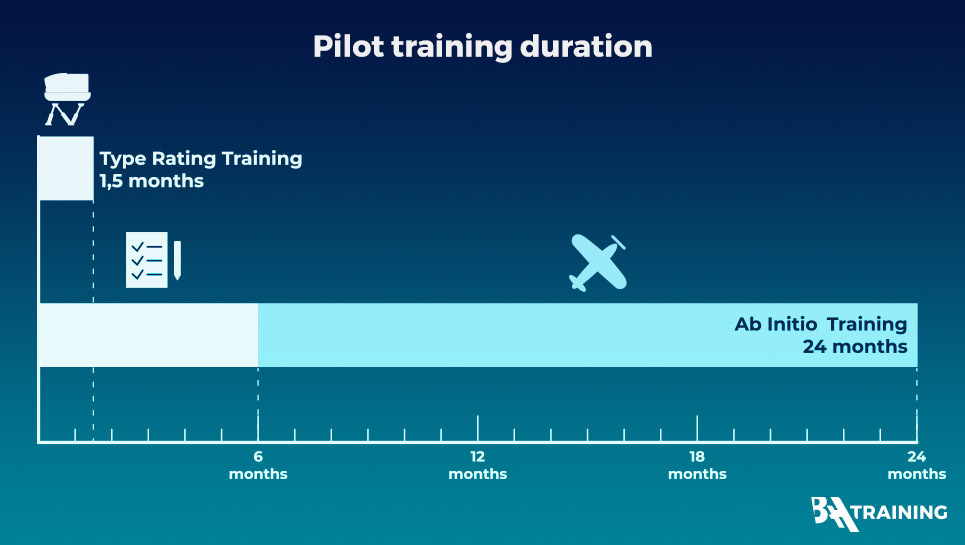
3. Is remote learning possible?
The world has recently changed, with online training becoming a common practice. At BAA Training, you can opt for partial distance learning for Boeing 737NG, Boeing 737 300-900, or Airbus A320. It is an ordinary EASA Type Rating training program equally valid to traditional training carried out in the classroom with an instructor. The only difference is that you can enjoy greater flexibility in terms of planning your training and finances.
4. Do I need a simulator partner?
While you are right in thinking that typically training in a simulator is undertaken in pairs, you are not obliged to find a partner by yourself. All you have to do is to let us know your precise needs and a preferred start date, and we will take care of the rest. However, if you refer someone to BAA Training to undergo their Type Rating, you might be eligible for a bring-a-friend discount.
5. How long does it take to complete Type Rating?
It might take up to 1.5 months to finish your Type Rating, which is not a long period compared to the whole process of acquiring a CPL or ATPLThe exact timeframe will depend on the program chosen. For instance, A320 Type Rating theory training consists of 20 days, including three rest days (131 hours), and the flight phase on the Airbus A320 FFS includes nine sessions (36 hours). Within 60 days after successful completion of training in the FFS, you have to do base training. It is the final part of your Type Rating training and your first chance to operate the aircraft itself, completing at least six landings.
6. How to choose an aircraft to get type-rated on?
It depends on many factors, such as your home country, the airlines you would like to work for, and current market trends, to mention a few. For instance, if you would like to join Wizz Air, it would be logical to consider Airbus A320 Type Rating as they have 119 Airbus A320 family aircraft. Ryanair, for example, has Boeing 737-800 in its fleet as opposed to Wizz Air. There is no surprise that most students choose Boeing 737 or Airbus A320 as both are the best-selling aircraft in the world. Then they might advance to bigger planes, the Airbus A330 or the Boeing 737. But this is only one case scenario out of many turns your future career might take. To analyze this question further, you might want to check the following article.
7. I can only afford a CPL. What shall I do?
You can explore your possibilities of getting a bank loan or having the Type Rating sponsored by an airline. The latter option is infrequent but still exists.
Alternatively, you can start working as an instructor to raise some money and collect valuable flight hours. Besides, it will make you stand out from other candidates when applying for a job at airlines. The essential prerequisites for becoming an instructor are holding a CPL or an ATPL plus Instrument Rating Certificate (IR) and at least 250 hours of flight time.
Your PILOT CAREER
starts with a first click
Another option is enrolling straight in the ‘cadet program,’ which will take you from zero to a commercial aircraft’s cockpit at some specific airline you choose upfront. Some cadet programs could even offer you highly favorable conditions in addition to a job guarantee, such as an airline covering a Type Rating cost.
8. Is it a profitable investment?
Although Covid-19 has undermined confidence in a pilot profession’s viability, investing in Type Rating still makes sense.
The vaccine rollout and intense work on creating digital health passports are currently taking place in different corners of the world. Several major US carriers are resuming hiring plans as demand grows, so the same is expected in Europe shortly. It should not take more than another year for aviation to get back on its feet based on multiple predictions. Type-rated pilots employed by an airline can count on their investment to pay off within two or three years on average.
Before the Covid-19 phenomena, First Officers typically earned between € 35,000 and € 120,000 a year, while Captains got between € 80,000 and € £250,000 a year. The amount in question varied significantly and depended on experience, length of service, and aircraft type.
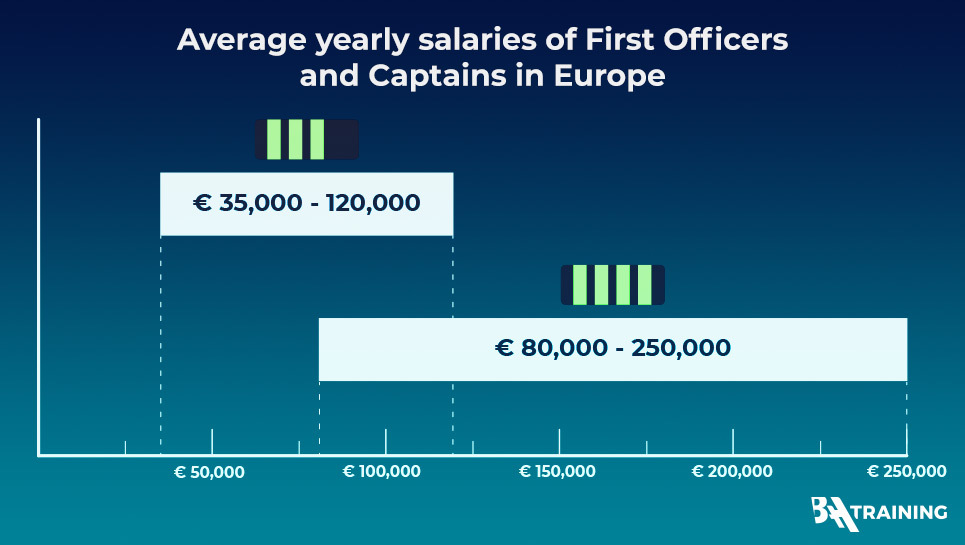
Nobody but you will have to decide which and whether a Type Rating should be your target at the end of the day. Remember that a CPL or an ATPL alone will be of not much use if you envision yourself flying passengers on a commercial airplane.
